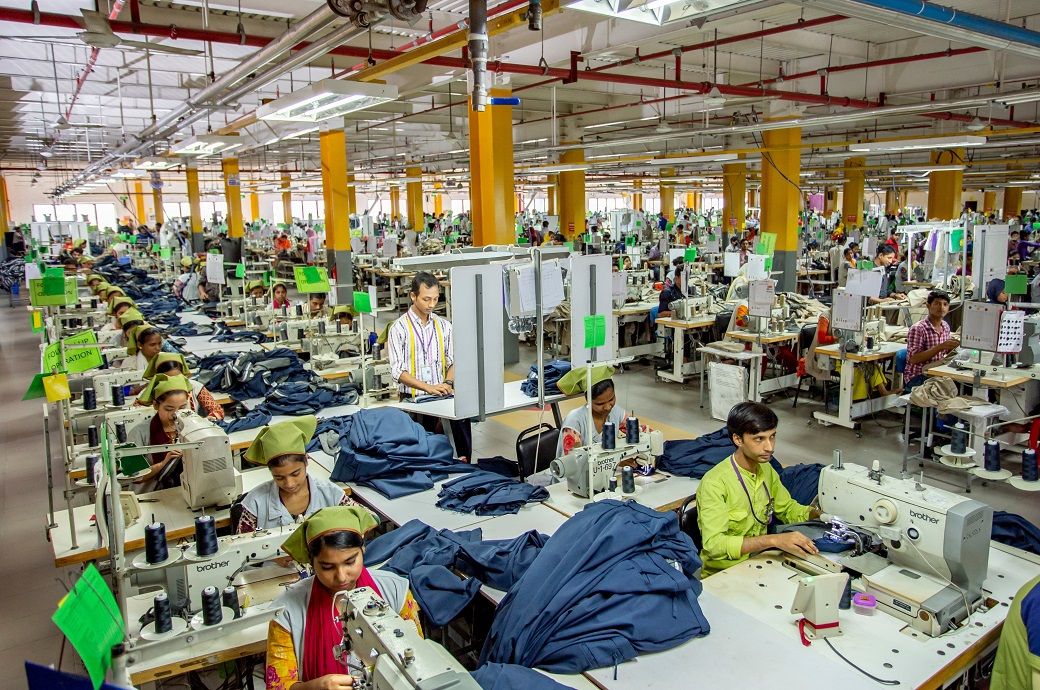
Audit fatigue has become a stark reality in today’s apparel manufacturing landscape, and no one perhaps feels the burden more deeply than those in Bangladesh.
Garment manufacturers often face multiple audits due to differing and overlapping requirements from various buyers. These frequent inspections, though intended to ensure compliance, often lead to an exhausting cycle of duplicate assessments. The absence of standardised audit criteria forces factories to repeatedly prepare for similar evaluations, draining time, manpower, and resources.
For most suppliers, especially the small and medium-sized ones, operating under tight delivery schedules and marginal profit margins, the cost of repeated audits can be rather substantial.
A 2023 report by the International Trade Center (ITC), titled “Navigating the Regulatory Landscape: Audit Fatigue in the Garment and Textile Industry”, highlights just how serious the issue is in Bangladesh.
As per reports, while countries like China, Vietnam, Türkiye, and India have seen a decline in the number of social audits per facility, Bangladesh continues to experience the highest average.
In 2021, the average number of audits per facility in Bangladesh was reportedly 3.6. This figure rose to 3.7 in 2022 before settling back to 3.6 in 2023. In comparison, China went from 3.1 in 2021 to 2.8 in 2023, and Vietnam from 3.2 to 2.6 during the same period.
Türkiye’s numbers declined from 2.9 to 2.3, while India’s dropped from 2.5 to 2.2, as per the ITC’s study.
The report warns that excessive auditing not only causes fatigue but also leads to inefficiencies in the supply chains.
For garment manufacturers, the repeated audits rarely result in meaningful or sustained improvements, claimed many within the industry. Instead, resources are redirected towards compliance paperwork and data collection rather than improving factory conditions or investing in long-term sustainability initiatives.
Recognising the seriousness of the issue, the Bangladesh Garment Manufacturers and Exporters Association (BGMEA) has now initiated moves to streamline the audit processes.
The apex garment manufacturers’ body in the country has started exploring ways if a unified code of conduct could be introduced, which would reduce the number of overlapping audits, but without compromising on the compliance and sustainability standards.
According to media reports, the BGMEA has launched a survey among its member factories to collect data on current audit practices and the associated costs, in an effort to formulate a unified code of conduct.
In a circular issued last month, BGMEA reportedly asked the member factories to share detailed information, emphasising that the initiative aims to reduce duplication and ensure a more efficient audit framework.
As part of its broader strategy, BGMEA also reportedly engaged with the Buyers’ Forum, comprising representatives from over 40 global brands and retailers.
During the meeting, BGMEA presented data highlighting the wide range of audit requirements imposed by different firms. The number of data points requested during audits ranged from 85 to over 600, covering issues such as labour practices, safety standards, environmental policies, ethical conduct, wages, and working hours.
This variation only underscores the complexity of the matter.
The BGMEA thus reportedly urged brands to support the move towards a single, harmonised code of conduct that would not only reduce audit fatigue but also strengthen compliance frameworks across the industry.
In conversation with Fibre2Fashion, an industry insider noted that a unified audit code based on the highest existing standards ought to be acceptable to all the parties, while adding that ensuring the credibility and robustness of the unified framework is thus essential for its wider acceptance.
Meanwhile, a BGMEA official underlined that the purpose of the survey has been to identify overlaps in audit requirements and find ways to eliminate redundancies.
Once the survey is completed, BGMEA plans to convene with the buyers and other stakeholders to work toward formalising the unified code with the goal of creating a more rational and efficient audit ecosystem, one that will benefit both manufacturers and the brands without compromising on the ethical or sustainability benchmarks.
If successful, this initiative could prove to be a game-changer for Bangladesh’s garment sector.
ALCHEMPro News Desk (DR)
Receive daily prices and market insights straight to your inbox. Subscribe to AlchemPro Weekly!